Feeding your Labradoodle the correct amount of food is crucial for their health, happiness, and longevity. This lovable cross between the Labrador Retriever and Poodle comes in various sizes, which means there’s no one-size-fits-all approach to their dietary needs. Understanding the factors that influence your dog’s appetite and caloric requirements is the first step to providing the best nutrition for your furry friend.
1. Understanding Labradoodle Nutritional Requirements
Labradoodles thrive on a balanced diet rich in protein for muscle development, fats for energy, and carbohydrates for fiber and fuel. Additionally, essential vitamins and minerals support their overall health. Pay special attention to the quality of ingredients in your dog’s food to cater to their coat and skin health, which is particularly important for this breed.
2. Determining the Right Serving Size
The serving size for your Labradoodle will vary depending on the dog’s size. Miniature varieties may need about 1 cup of food per day, while standard Labradoodles could require up to 2.5 cups or more. Always check the calorie content per serving on your dog food label, as this can vary greatly between brands and formulas.
3. Frequency of Feeding: Puppies vs. Adults
Labradoodle puppies need small, frequent meals—at least three to four times daily—to support their growth and development. As they mature, you can gradually reduce feeding times to twice daily. Consistent feeding times help to establish a routine and prevent digestive issues.
4. Adjusting Food Intake Based on Activity Levels
Active Labradoodles who engage in regular exercise may need more food to replenish their energy. Conversely, less active or older dogs may need fewer calories to prevent weight gain. Regularly assess your dog’s body condition and adjust food portions accordingly.
5. Special Diets for Labradoodles with Health Concerns
Some Labradoodles may have specific dietary needs due to health concerns like allergies, obesity, or sensitive stomachs. Work with a veterinarian to identify any special requirements and select a diet that addresses these health issues without compromising on nutrition.
6. Treats and Supplements
While treats are excellent for training and rewarding your Labradoodle, they should not exceed 10% of the dog’s daily caloric intake to avoid obesity. Supplements should only be added to your pet’s diet under veterinary guidance, particularly if your dog’s food is already nutritionally complete.
7. The Impact of Neutering/Spaying on Diet
Neutering or spaying can lower your Labradoodle’s metabolic rate. Post-surgery, dogs often require fewer calories to maintain a healthy weight. It’s important to adjust your dog’s diet to reflect their decreased energy needs and monitor their weight closely.
8. Understanding Food Labels and Ingredients
Learning to read and understand dog food labels is crucial. The ingredients are listed by weight, and the first few ingredients are the most significant. Look for high-quality protein sources, whole grains, and recognizable ingredients.
9. The Cost of Feeding a Labradoodle
The monthly cost of feeding a Labradoodle will depend on the size of your dog and the type of food you choose. On average, you can expect to spend anywhere from $30 to $70 per month on high-quality dry dog food for a medium-sized Labradoodle. Special diets, wet food, or raw feeding can increase this cost significantly.
10. Dealing with a Finicky Eater
If your Labradoodle is a picky eater, it’s important to determine if the behavior is due to preference or an underlying health issue. Offering a variety of foods, maintaining a strict feeding schedule, and avoiding table scraps can help manage pickiness.
Our 5 Top Foods for Labradoodles
The diets were selected by our founder Justin Palmer, a certified canine nutrition expert, specifically with Labradoodles in mind:
Conclusion
Feeding your Labradoodle appropriately is more than just filling their bowl; it’s about understanding and catering to their individual needs. A diet that considers their size, age, and lifestyle will promote optimal health and keep your companion by your side for years to come. Remember, your vet is an invaluable resource for addressing any questions or concerns about your Labradoodle’s nutrition.
Frequently Asked Questions About Feeding a Labradoodle

1. What is the best diet for a Labradoodle?
A balanced diet for a Labradoodle should include high-quality commercial dog food that is appropriate for their age, size, and activity level. Look for foods with whole proteins as the primary ingredient, along with healthy fats, carbohydrates, and essential nutrients to support their overall health and energy requirements.
2. How much should I feed my Labradoodle puppy?
Labradoodle puppies require more frequent feedings of smaller amounts due to their growing bodies. Typically, a Labradoodle puppy should eat three to four times a day. Refer to the feeding guide on your puppy food’s packaging and consult with your veterinarian for the precise amount, as this can vary with different food brands and the puppy’s growth rate.
3. Can Labradoodles eat grain-free diets?
While Labradoodles can eat grain-free diets, it’s essential to ensure they receive all the necessary nutrients. Grain-free diets should be chosen with care, ideally under veterinary supervision, to ensure that the dog doesn’t develop deficiencies or other health issues related to their diet.
4. How many times a day should an adult Labradoodle eat?
Most adult Labradoodles do well with two meals per day. Feeding your adult Labradoodle once in the morning and once in the evening can help prevent bloat and maintain a healthy weight. Adjust the portion size if your dog is more or less active than average.
5. Are there any human foods that are dangerous for Labradoodles to eat?
Yes, there are several human foods that are toxic to Labradoodles, including chocolate, grapes, raisins, onions, garlic, and anything containing the sweetener xylitol. It is best to stick to dog-specific treats and consult with a vet before sharing any human food with your pet.
6. How do I adjust feeding amounts as my Labradoodle ages?
As Labradoodles age, their metabolism slows, and they may become less active. It’s important to gradually decrease food portions and switch to a senior-formulated diet to meet their changing nutritional needs. Regular vet check-ups are important to monitor their health and dietary requirements.
7. Can Labradoodles have a vegetarian diet?
Labradoodles, like all dogs, can technically survive on a well-planned vegetarian diet, but this should only be done under the strict guidance of a veterinarian to ensure they receive all necessary nutrients, especially protein, and certain vitamins and minerals that are typically found in animal products.
8. How do I know if my Labradoodle is overweight and how do I adjust their diet?
You can tell if your Labradoodle is overweight by feeling for their ribs, which should be palpable with a slight covering of fat, and by looking for a defined waist. If your Labradoodle is overweight, you should first consult your veterinarian for a suitable diet plan, usually involving controlled portion sizes and potentially a lower-calorie diet.
9. Should I feed my Labradoodle wet or dry food?
Both wet and dry foods have their advantages for Labradoodles. Dry food is convenient and helps with keeping teeth clean, while wet food can be more palatable and hydrating. Some owners opt for a mix of both. The best choice depends on your Labradoodle’s preference, dental health, and any specific dietary needs.
10. What supplements should I add to my Labradoodle’s diet?
Supplements should only be added to your Labradoodle’s diet if recommended by a veterinarian. Common supplements may include fish oil for skin and coat health, glucosamine for joints, and probiotics for digestive health. Over-supplementing can be harmful, so it’s important to follow professional advice.
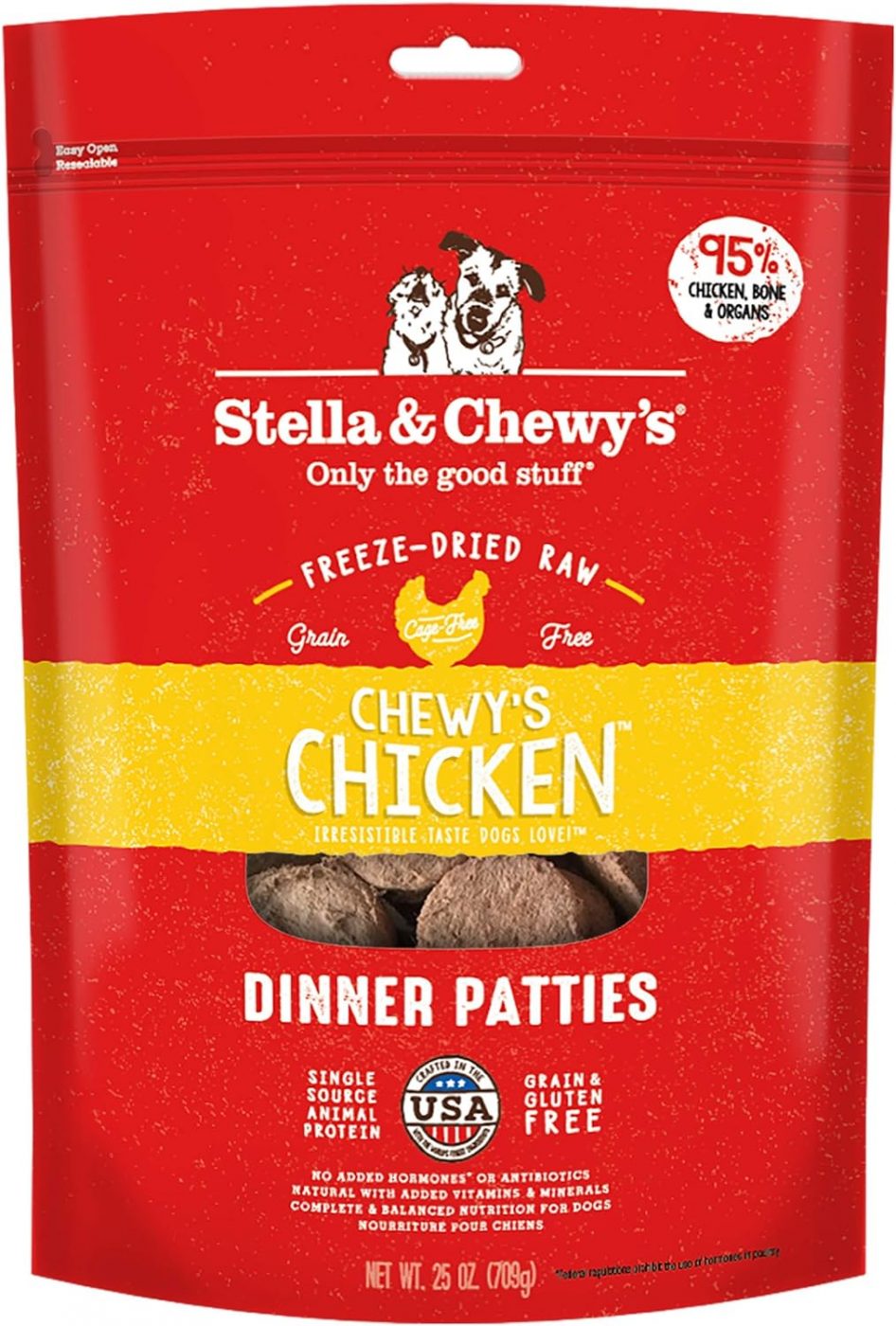
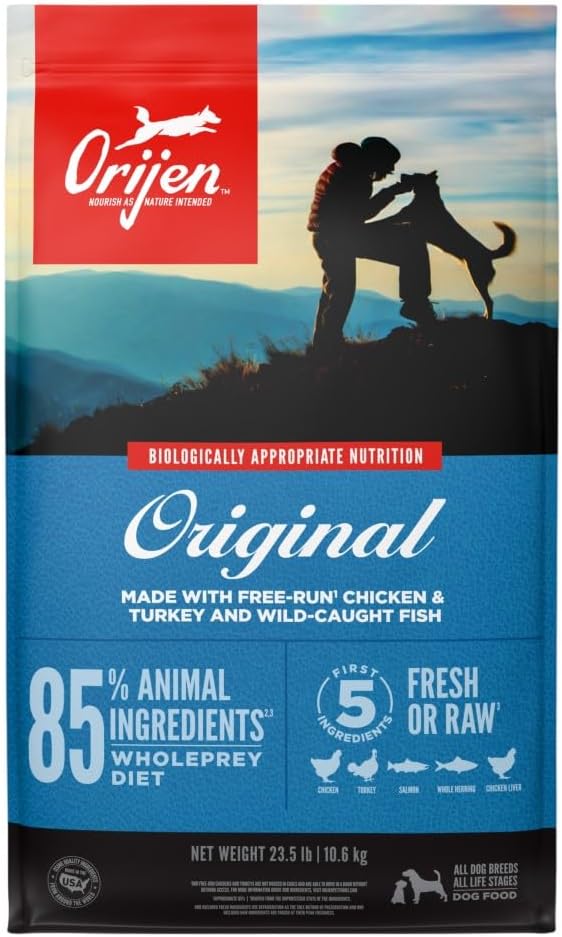
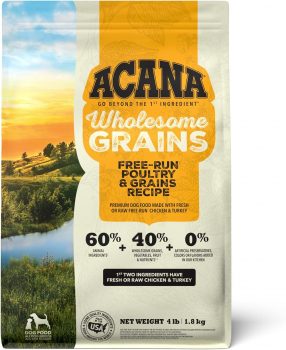
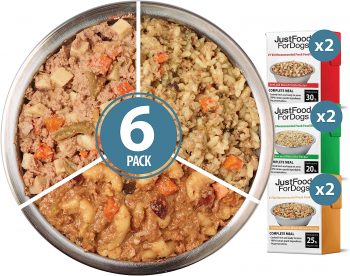
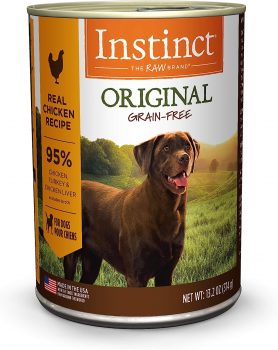
 Toledo, United States.
Toledo, United States.